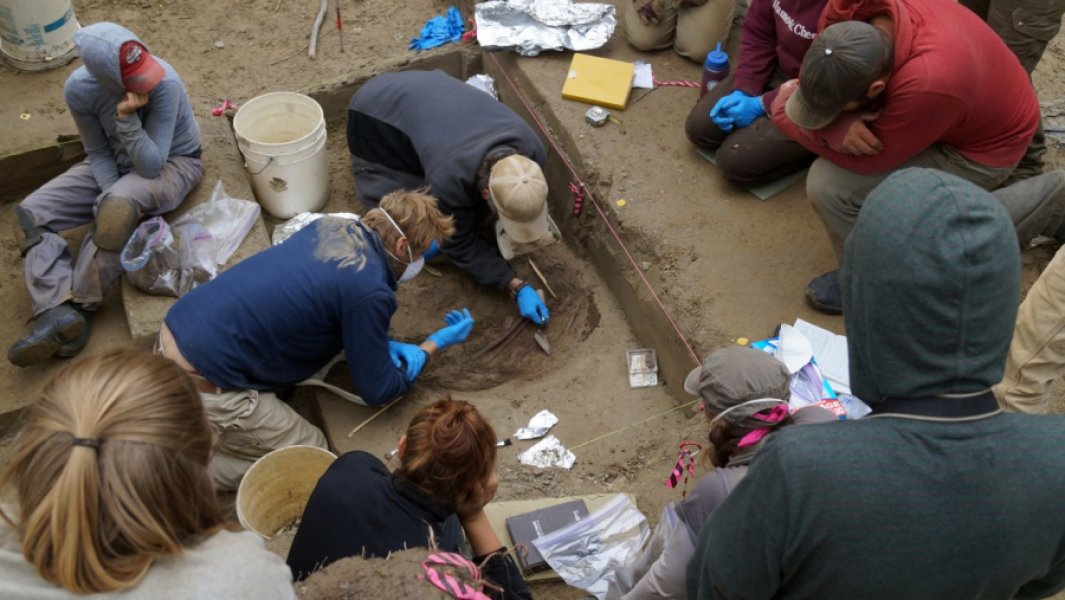
We now have new genetic clues to the origins of the American indigenous people. All Native Americans originate from a single group of people that across the Bering Sound to North America. They migrated across from Asia to America in one wave of immigration and not several. This, according to the first major genetic evidence analysis of ancient DNA.
A little over 11,000 years ago, a grieving family in Central Alaska laid to rest a six-week-old baby girl, a three-year-old child, and a preterm female fetus. An international team of researchers led by the Universities of Cambridge and Copenhagen sequenced the full genome of this infant girl named “Xach’itee’aanenh t’eede gay”, or “Sunrise Child-girl” by the local Native community – “USR1” by the researchers – whose remains were found at the Upward Sun River archaeological site in Alaska in 2013.
They found that although the child lived around 11,500 years ago, long after people first arrived in the region, her genetic information did not match either of the two recognized branches of early Native Americans, referred to as Northern and Southern. Instead, she appeared to have belonged to an entirely distinct Native American population, called Ancient Beringians.
Further analyses then revealed that the Ancient Beringians was an offshoot of the same ancestor population as the Northern and Southern Native American groups, but that they separated from that population earlier in its history.
“We didn’t know this population existed,”
“These data also provide the first direct evidence of the initial founding Native American population, which sheds new light on how these early populations were migrating and settling throughout North America.”
– Ben Potter, one of the lead authors of the study and a professor of anthropology at the University of Alaska Fairbanks.
Genetic analysis and demographic modeling indicate that a single founding ancestral Native American group split from East Asians about 35,000 years ago. Then, about 20,000 years ago, that group split into two groups: the Ancient Beringians and the ancestors of all other Native Americans.
The study compared data from the Upward Sun River remains with both ancient genomes and those of numerous present-day populations. Allowing the researchers to establish that the Ancient Beringian group was more closely related to early Native Americans than their Asian and Eurasian ancestors, and then to determine the precise nature of that relationship and how, over time, they split into distinct populations.
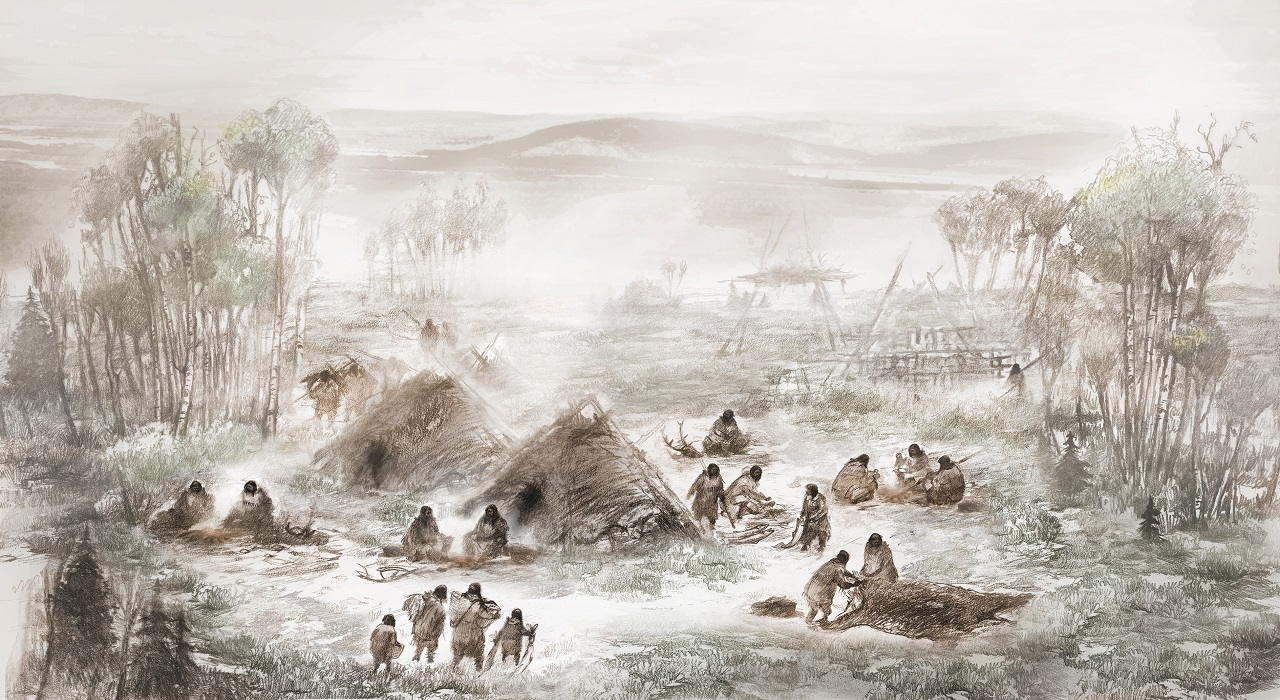
A scientific illustration of the Upward Sun River camp in what is now Interior Alaska.
The findings suggest two scenarios for populating the New World. One is that there were two distinct groups of people who crossed over the Beringian land bridge prior to 15,700 years ago. And a second that one group of people crossed over the land bridge and then split into the two groups mentioned above: Ancient Beringians and other Native Americans, with the latter moving south of the ice sheets 15,700 years ago. The latter is a more plausible scenario according to the researchers.
The Ancient Beringian people remained in the Far North for thousands of years, while the ancestors of other Native American peoples spread south throughout the rest of North America. The genetic evidence then suggests that Athabascan ancestors moved north again, possibly around 6,000 years ago, and eventually assimilated or replaced the Ancient Beringian population.
The study, Terminal Pleistocene Alaskan genome reveals a first founding population of Native Americans, is published in Nature.
Reference:
J. Víctor Moreno-Mayar et al. Terminal Pleistocene Alaskan Genome reveals the first founding population of Native Americans. Nature January 3, 2018. DOI: 10.1038 / nature25173


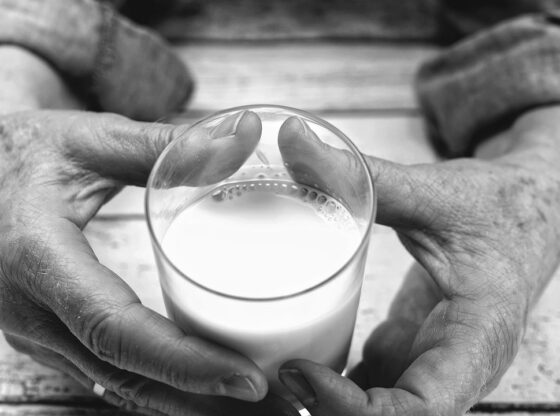

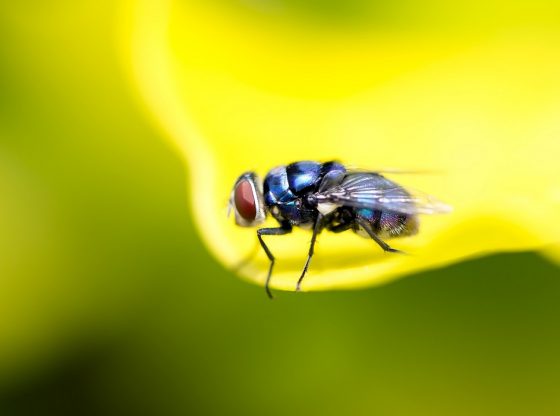
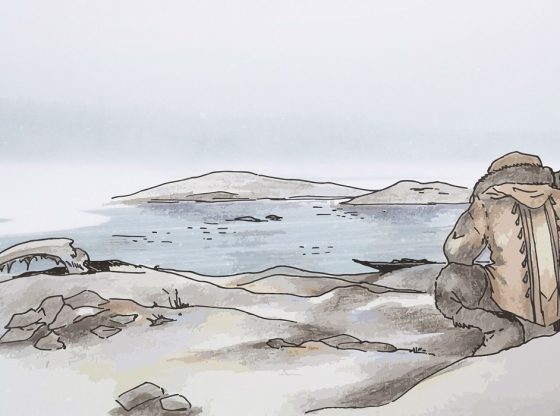
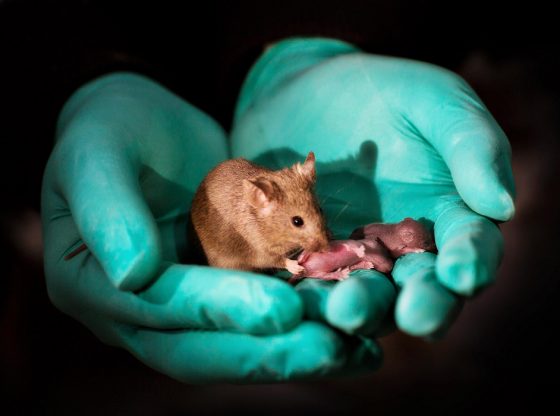
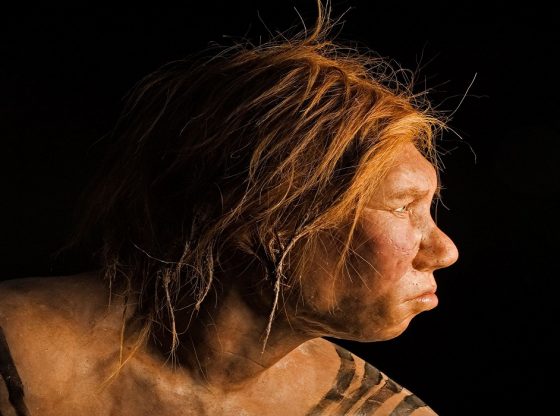
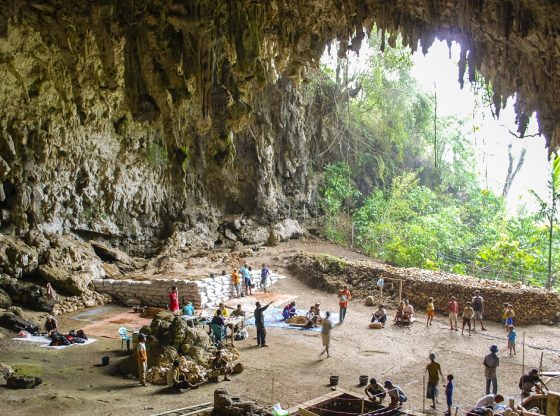
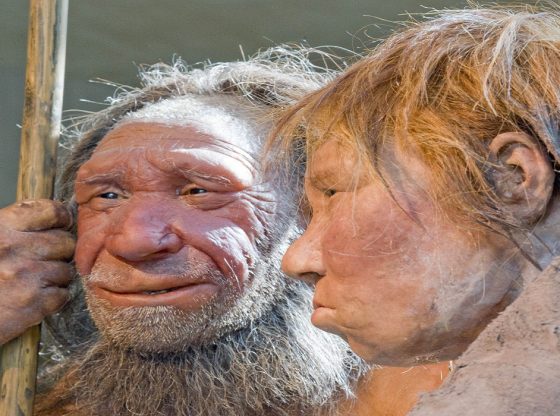

![OpenAI. (2025). ChatGPT [Large language model]. https://chatgpt.com](https://www.illustratedcuriosity.com/files/media/55136/b1b0b614-5b72-486c-901d-ff244549d67a-350x260.webp)
![OpenAI. (2025). ChatGPT [Large language model]. https://chatgpt.com](https://www.illustratedcuriosity.com/files/media/55124/79bc18fa-f616-4951-856f-cc724ad5d497-350x260.webp)
![OpenAI. (2025). ChatGPT [Large language model]. https://chatgpt.com](https://www.illustratedcuriosity.com/files/media/55099/2638a982-b4de-4913-8a1c-1479df352bf3-350x260.webp)








